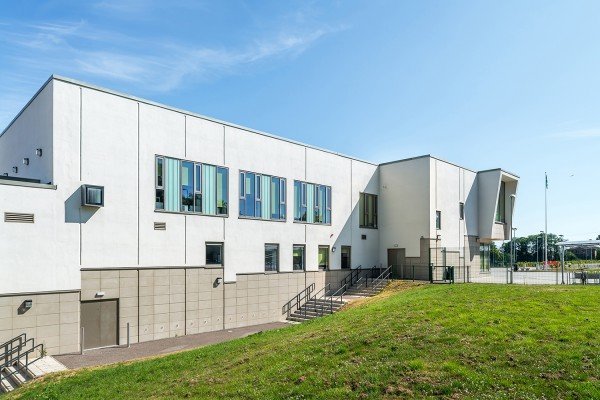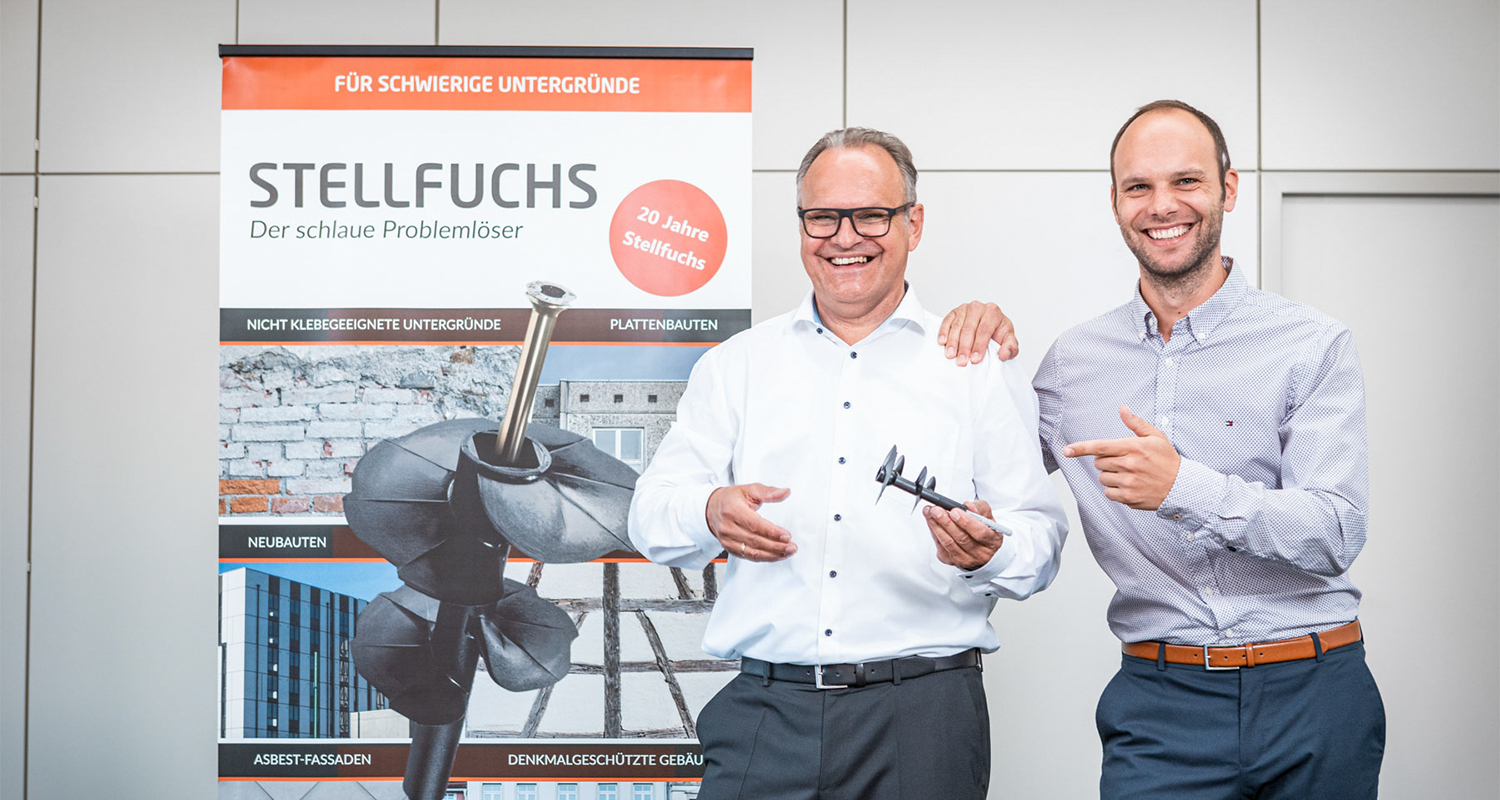Since 2000, the Stellfuchs fastening system has had the German DIBT approval which significantly widening the range of possible applications. Since then, more than one million square meters of façade surface have been installed with the fastener throughout Europe. FRÖWIS took over the product from Hilti and the inventor Alois Holzinger ten years ago, expanding distribution internationally.
The areas of application of the Stellfuchs system include exterior walls that have either unevenness or non-load-bearing surfaces – such as chipped, cracked or sanding render. In addition, the purely mechanical fastening is interesting for listed buildings. The structures and historical murals are preserved for posterity during the insulation process, thus meeting the requirements of monument protection offices. The decisive factor here is that the entire insulation system can be deconstructed and recycled.
While the fixing system is used in Germany for renovations, in the UK it is mainly used in new buildings. There, insurance companies stipulate a cavity between the insulation board and the substrate in public buildings so that the insulation system is not damaged if water enters the building. It was only eight years ago that the English BBA approval for the Stellfuchs was issued, making this additional application possible.

The characteristic feature of the Stellfuchs is the double spiral which is screwed into the insulation material up to the wall surface. Due to the countersunk installation in the insulation boards, no thermal bridges are created later, which in the long run can lead to dowel plate marks on the façade. The fixing is done purely mechanically without an adhesive, so the system does not depend on the condition of the façade surface.
In addition, after installation, the insulation boards can compensate for unevenness of the outer walls up to 70 mm to guarantee a smooth and even surface. Managing director and owner Markus Fröwis is proud to have included the product in his portfolio ten years ago. “I have always been convinced of the Stellfuchs because it simply overcomes all problems with substrates or wall surfaces. In the next few years, I see a lot of potential for projects that involve deconstructability and subsequent recycling”.
